Envision the Choptank has been awarded a $1 million grant from the National Fish and Wildlife Foundation (NFWF) Chesapeake Bay Stewardship Fund to accelerate the implementation of restoration practices throughout the Choptank River watershed with the goal of improving water quality and reducing nutrients and sediment.
The grant was awarded through NFWF’s Innovative Nutrient and Sediment Reduction program and will support the partnership’s efforts to engage private agricultural landowners in installing some of the most effective pollution-reducing restoration practices on our local waterways. Funds will be used to design and develop innovative incentive programs and hire a Landowner Assistance Coordinator to assist landowners with the installation of wetlands, buffers, and ditch retrofits. Through these efforts, the partnership plans to restore over 200 acres, helping state and local counties meet their nutrient and sediment reduction goals.
“The advantage of a partnership like Envision the Choptank is that we’re able to build on the strengths of many organizations and agencies to tackle more complex and larger-scale projects,” said ShoreRivers Choptank Riverkeeper Matt Pluta. “ShoreRivers is happy to provide our scientific and technical expertise to the partnership, as well as direct resources to agricultural landowners in the watershed that will help accelerate the implementation of clean water projects.”
Grant partners, including ShoreRivers, Chesapeake Bay Foundation (CBF), Maryland Department of Natural Resources (DNR), Soil Conservation Districts, JBO Conservation, County governments, and The Nature Conservancy (TNC), will also develop opportunity maps for each of the five counties located within the Choptank watershed—Caroline, Dorchester, Queen Anne’s, and Talbot in Maryland and Kent County in Delaware. Using fine-scale resolution topography, land use data, and input from local stakeholders, partners will identify locations where restoration practices will be most effective at reducing nutrients and sediment.
“Using the latest science to identify locations where restoration practices will be most effective helps landowners make informed land-use decisions and ensures that private and public funds are maximizing the return on these investments for cleaner water,” said TNC Maryland/DC Agricultural Program Director Amy Jacobs.

